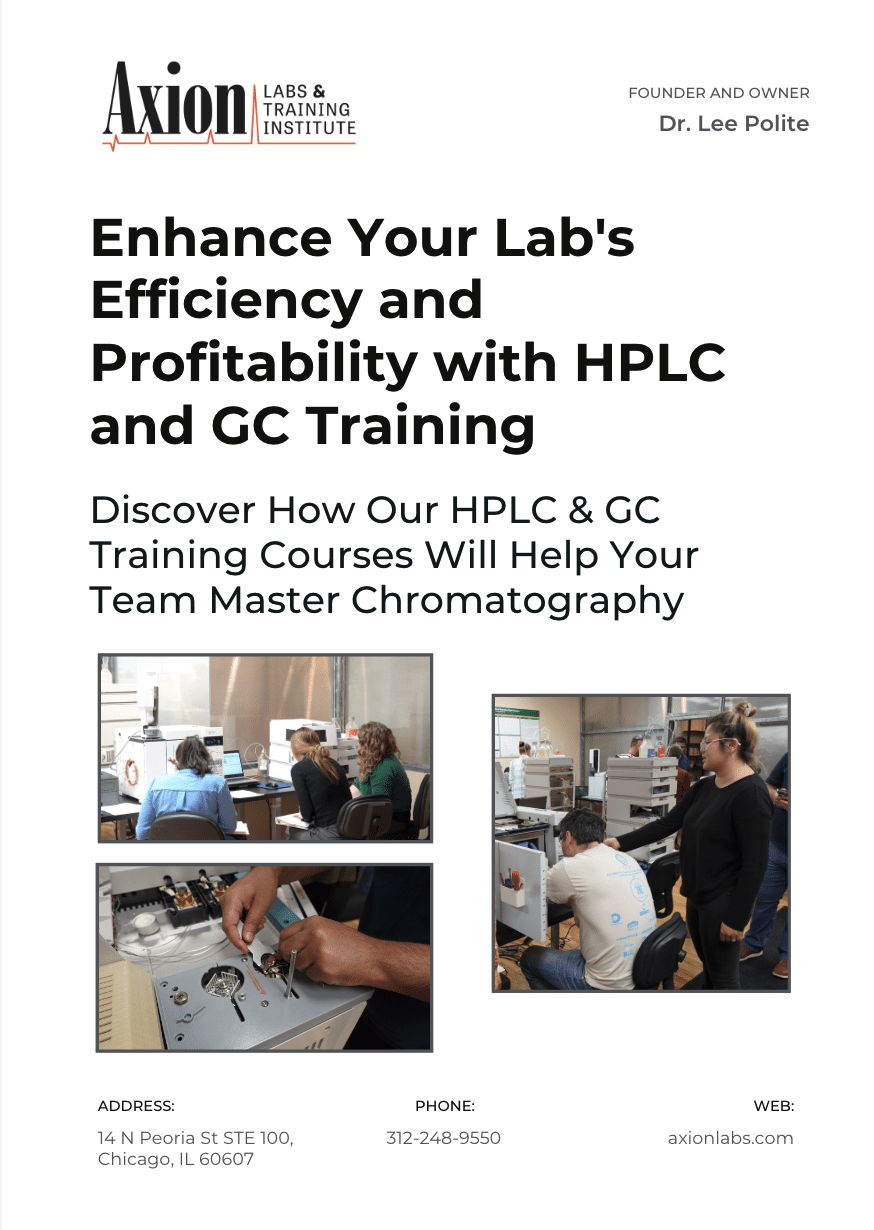When starting a new method, what is a good flow rate to begin with?
We will discuss chromatography flow rates for HPLC, LC-MS & GC.
HPLC: Starting Flow Rates
Let’s talk about HPLC. If you’re running LC, the typical flow rate on a standard diameter column is 1 mL/min. A standard diameter is 4.6 mm ID, which covers about 75% of all LC columns. That’s what most people use as the standard.
If you’re running a 4.6 mm ID column, you can start your method development at 1, 1.5, or 2 mL/min. Personally, I prefer starting at 1.5 mL/min for method development. Eventually, I’ll increase it to 2 mL/min because I like faster results and don’t want to wait forever. However, starting at 1.5 mL/min is ideal for me. Running at 1 mL/min is also fine if you prefer.
Many people use high performance liquid chromatography, yet very few understand how it works.

Watch the HPLC method development webinar and you will feel in control of your HPLC. I promise.
Learn how to:
- develop an HPLC method from scratch
- cut your analysis time in half
- what all those buttons do on your HPLC
LC-MS: Adjusting for Smaller Columns
For a 2.1 mm ID column, which is common in LC-MS applications, take the flow rates I mentioned and divide them by five. For example, 1.5 mL/min on a 4.6 mm column translates to 0.3 mL/min on a 2.1 mm ID column. That’s where you should begin for method development—around 0.3 mL/min.
GC: Linear Velocity Instead of Flow Rate
Now let’s move to GC. What flow rate should you use? Instead of using flow rate, I prefer the term linear velocity. Flow rate varies with column diameter, but the optimum linear velocity is the same for all column diameters: roughly 25 cm/second.
To set the linear velocity, go to the GC front panel or software. There’s a box labeled “linear velocity” next to “flow rate.” Type in 25, and you’ll be close to the optimum linear velocity for any GC column.
In practice, I like to run at 50 or 60 cm/second because I prefer faster analyses. For method development, I usually start at 32 cm/second. Why 32? It’s easy to work with, divisible by two, common in many methods, and close to the optimum. After the first scouting run, you can decide if it’s time to increase the linear velocity. Doubling the linear velocity will cut your analysis time in half.
Great question! I hope this discussion of chromatography flow rates for HPLC, LC-MS & GC helps you start your next method with ease.

